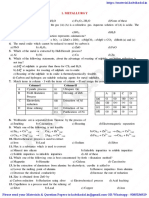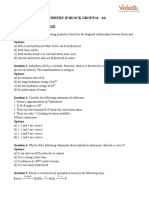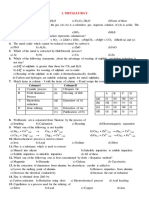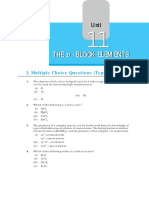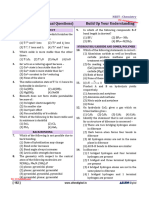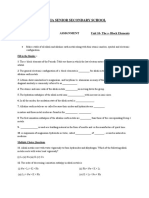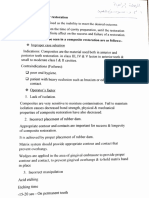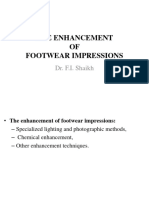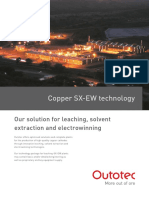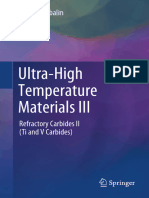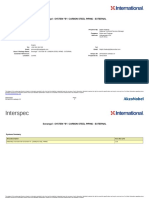0% found this document useful (0 votes)
89 views2 pagesP Block 1 Question Paper
The document is an examination paper for Chemistry with a total of 90 marks, divided into multiple-choice questions, short answer questions, and detailed answer questions. It covers various topics such as oxidation states, chemical reactions, and properties of compounds related to boron and silicates. The paper includes 40 questions in total, testing knowledge on both theoretical concepts and practical applications in chemistry.
Uploaded by
asatcreativityCopyright
© © All Rights Reserved
We take content rights seriously. If you suspect this is your content, claim it here.
Available Formats
Download as PDF, TXT or read online on Scribd
0% found this document useful (0 votes)
89 views2 pagesP Block 1 Question Paper
The document is an examination paper for Chemistry with a total of 90 marks, divided into multiple-choice questions, short answer questions, and detailed answer questions. It covers various topics such as oxidation states, chemical reactions, and properties of compounds related to boron and silicates. The paper includes 40 questions in total, testing knowledge on both theoretical concepts and practical applications in chemistry.
Uploaded by
asatcreativityCopyright
© © All Rights Reserved
We take content rights seriously. If you suspect this is your content, claim it here.
Available Formats
Download as PDF, TXT or read online on Scribd
/ 2










